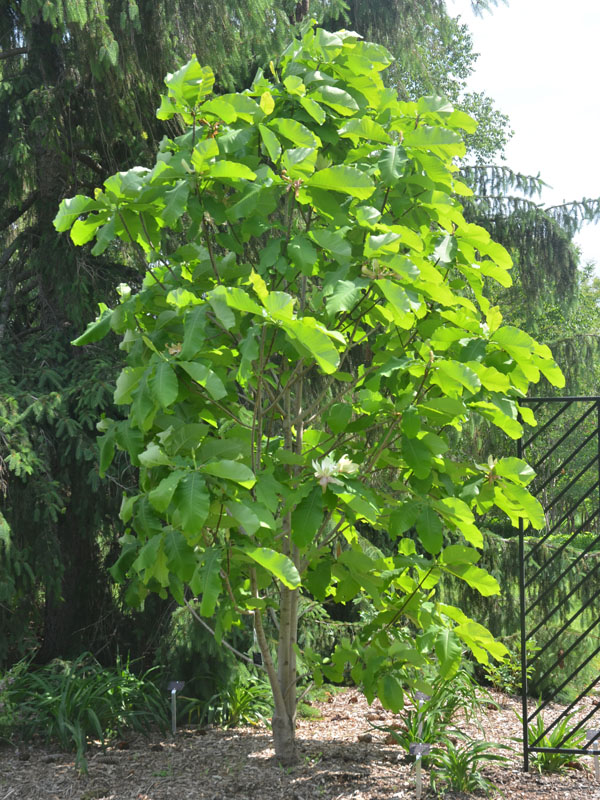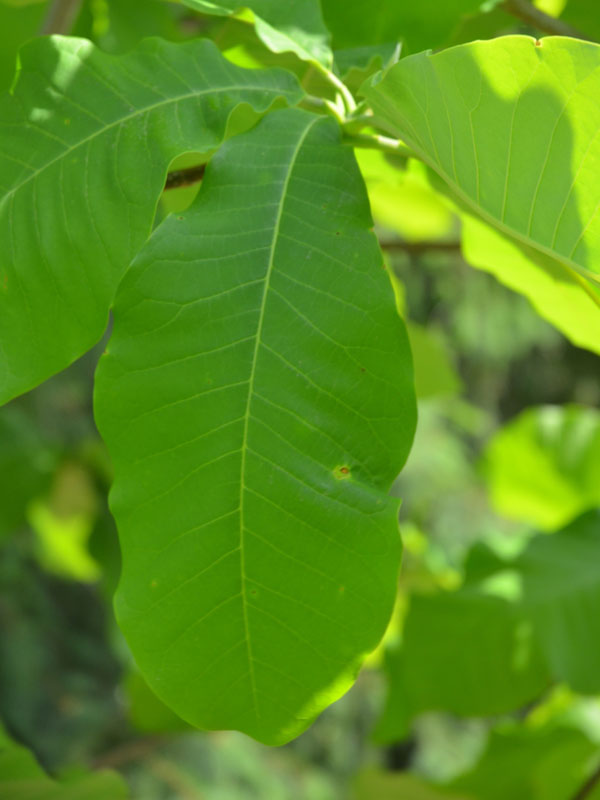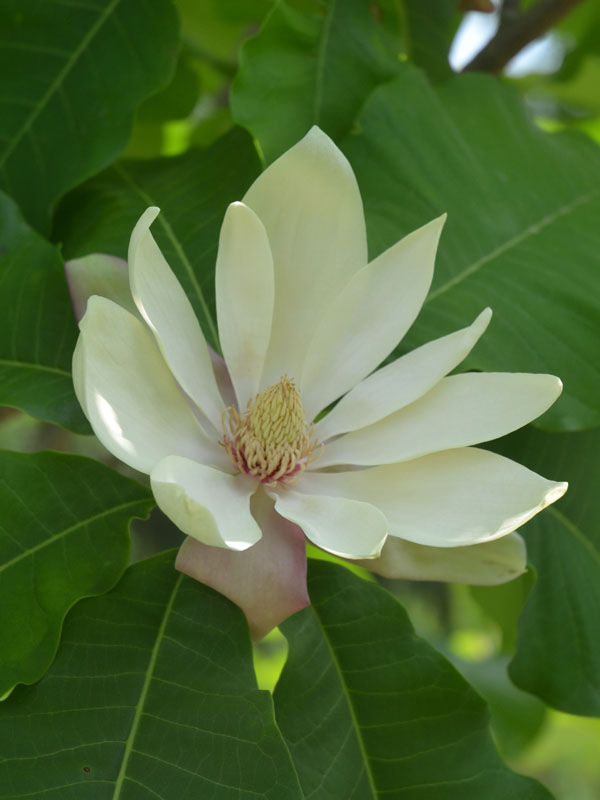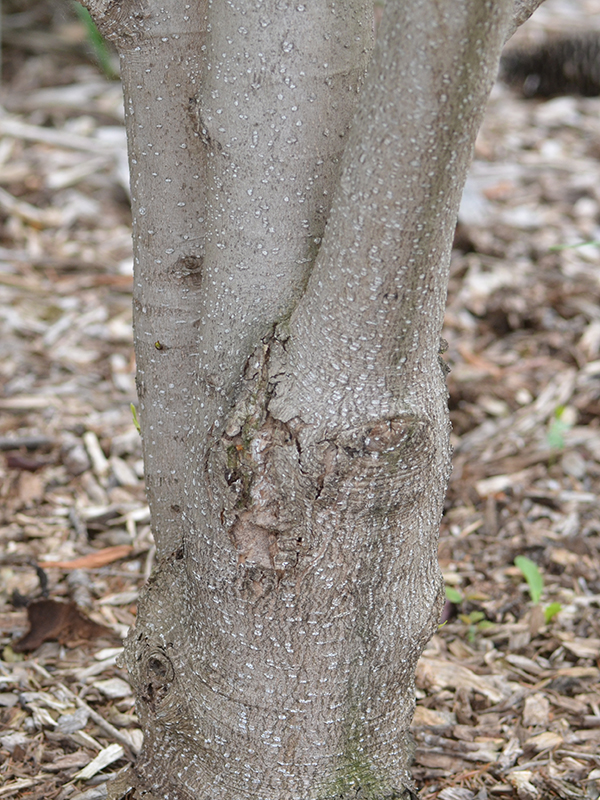| Shape | Broadly pyramidal. |
| Propagation | By seed or softwood cuttings. |
| Cultivation | Grows in well-drained, moist soil in full sun to partial shade. |
| Pests | Horse chestnut scale, snails and capsid bug. |
| Notable Specimens | The A. M. Cuddy Gardens, Strathroy, Ontario, Canada, Westonbirt, The National Arboretum, Tetbury, Gloucestershire, England. |
| Leaf Description | The leaves are large, obovate, 16-38 cm long and 90-20 cm broad, leathery, green above, silvery or greyish pubescent below, and with an acute apex. They are held in whorls of five to eight at the end of each shoot. |
| Flower Description | The flowers are also large, cup-shaped, 15-20 cm diameter, with 9-12 creamy, fleshy tepals, red stamens; they have a strong scent, and are produced in early summer after the leaves expand. |
| Fruit Description | The fruit is an oblong-cylindric aggregate of follicles 12-20 cm long and 6 cm broad, bright pinkish red, each follicle containing one or two black seeds with a fleshy orange-red coating. |



